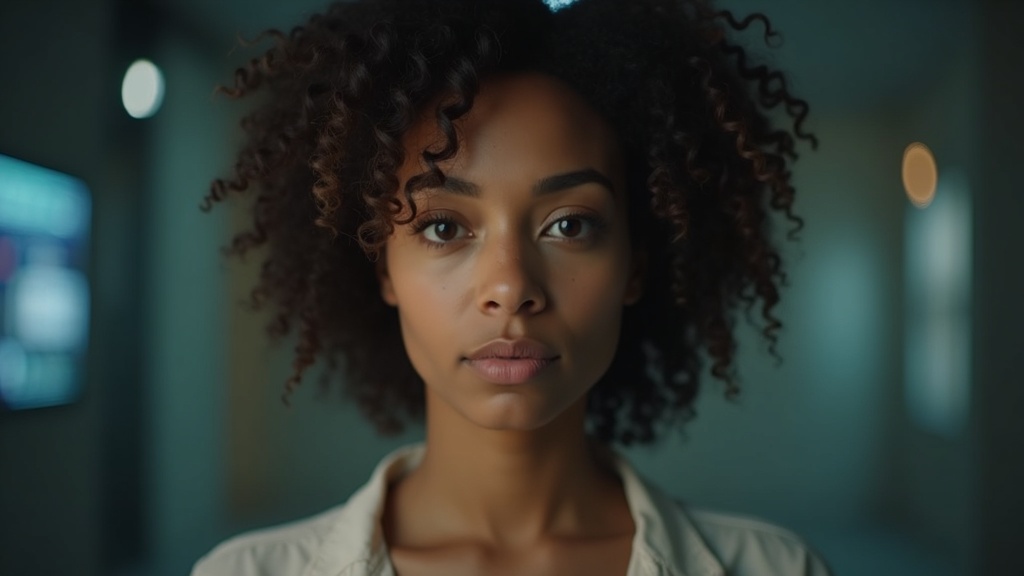Why AI Editing Is Replacing Photoshop for Casual Users (and How to Adapt)

This image was created in the BlendMe.ai app.
Introduction
The last few years have seen a shift: everyday creators, professionals, and dating-app users no longer want to wrestle with layers, masks, and manual touch-ups. They want great-looking portraits quickly. AI editing tools—like BlendMe.ai—are answering that demand by automating retouching, style swaps, background changes, and even converting photos into short videos. This article explains why AI editing is becoming the go-to choice for casual users and shows practical ways you can use it to improve your visual presence.
Why casual users are moving away from traditional editors
Photoshop is powerful, but it has a learning curve. For many non-designers, the barriers are time, complexity, and cost. AI editing tools lower those barriers by offering:
- Instant results: edits that previously took 20–60 minutes can now be done in seconds.
- Preset-driven creativity: apply consistent looks (business, lifestyle, cinematic) without manual color grading.
- Accessibility: browser and mobile-first workflows remove the need for powerful hardware.
There’s also a behavioral shift: platforms reward fresh, relevant visuals. LinkedIn profiles with professional photos get substantially more engagement, and social apps favor visual originality. Casual users want quality fast—AI meets that need.
What AI editing actually does (not just buzzwords)
AI editing is more than a filter. Useful capabilities include:
- Smart retouching: skin smoothing, blemish removal, and lighting fixes that preserve natural texture.
- Content-aware background replacement: change settings from office to outdoor to studio without manual masking.
- Outfit and style swaps: alter clothing color, apply a formal look, or introduce themed wardrobe items.
- Image-to-video: subtle motion, eye/head turns, or animated backgrounds that make static photos feel alive.
These features combine to produce polished images ready for profiles, pitches, and social posts—without the time investment of learning traditional tools.
Deep dive: BlendMe.ai’s editing strengths (practical focus)
BlendMe.ai is built around fast, natural edits for portraits and personal branding. Key practical advantages for casual users include:
- One-click retouching: quick corrections that keep your face realistic (no plastic-skin effect).
- Style templates for context: choose business-formal for LinkedIn or casual-lifestyle for social apps and get appropriate lighting, color, and background.
- Batch consistency: generate or edit multiple images with the same look, useful for profiles or a consistent personal brand.
- Image-to-video conversions: convert a headshot into a short animated clip for a richer profile or social thumbnail.
Scenario: You need a professional headshot for a last-minute pitch. Upload a few recent photos, choose the "Business-Formal" template, apply a subtle retouch, and export a high-res image in under a minute—no studio, no bookings.
Real-life use cases
- Young professionals: Swap between "LinkedIn" and "Conference" looks so your profile and presentation slides match.
- Dating-app users: Create several natural-looking portraits across candid and well-lit styles to A/B test what gets better matches.
- Freelancers: Maintain consistent imagery across portfolio, proposal PDFs, and social bios without scheduling multiple shoots.
- Creators: Turn still portraits into short looped clips for TikTok/Instagram reels and story thumbnails.
Practical tips for switching from Photoshop to AI editing
- Start with a photo checklist: good lighting, neutral expression, minimal obstructions. AI works best with clear input.
- Use templates as a baseline, then fine-tune. Templates speed things up; micro-adjustments keep results authentic.
- Keep originals: preserve source files for future edits or model retraining.
- Batch-edit for brand consistency: export multiple sizes and crops for LinkedIn, Insta, and website headshots.
- Respect privacy: choose platforms that secure and delete source photos after model creation—always read the privacy notes.
A quick comparison: When to use AI editing vs. Photoshop
- Use AI editing when you need speed, variety, and accessible quality for everyday use.
- Use Photoshop for complex composites, high-end retouching, or when you need pixel-level control for professional campaigns.
For most casual users—profiles, quick content creation, small-business headshots—AI editing gives the best tradeoff between effort and result.
Why BlendMe.ai fits the casual-user workflow
BlendMe.ai streamlines the entire flow: upload photos, let the personalized AI model learn your look, and apply edits or generate new portraits in seconds. The combination of realistic retouching, style templates, and image-to-video conversion makes it a practical toolbox for people who need professional results without professional effort.
Privacy-wise, choose services that process images securely and limit use to the user’s model—this is a core consideration when sharing personal photos.
Final thoughts: ease, consistency, and better visuals, faster
AI editing is not about replacing skilled designers; it’s about putting high-quality visual tools into the hands of everyday users. If your goal is more polished profiles, faster content production, or consistent visuals across platforms, AI tools offer a clear win.
Download the BlendMe.ai app today to try fast, natural portrait edits and see how AI can simplify your visual brand.